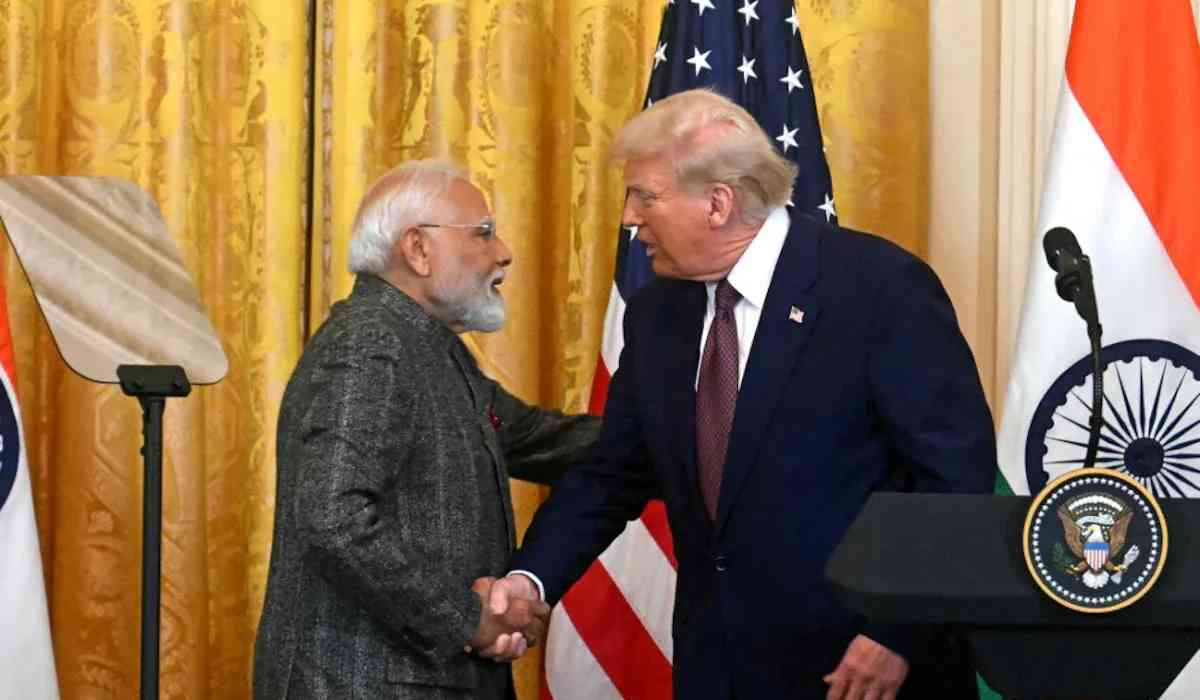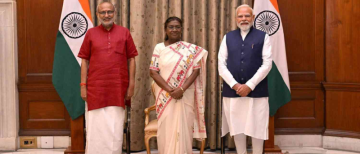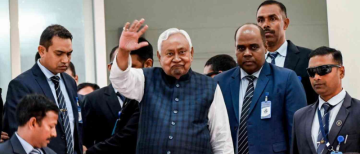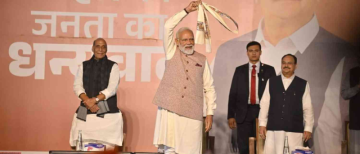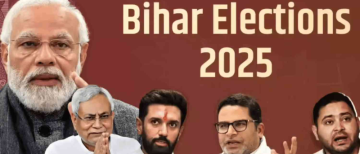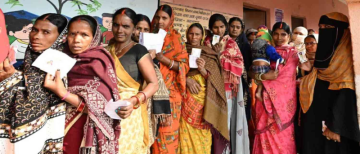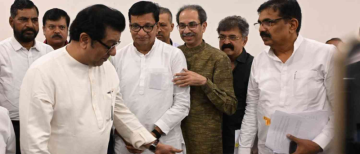India and the United States continue to strengthen their diplomatic and economic ties through high-profile engagements and strategic partnerships. In a recent meeting between Indian Prime Minister Narendra Modi and former US President Donald Trump, critical discussions took place on trade relations, security cooperation, and global geopolitical shifts.
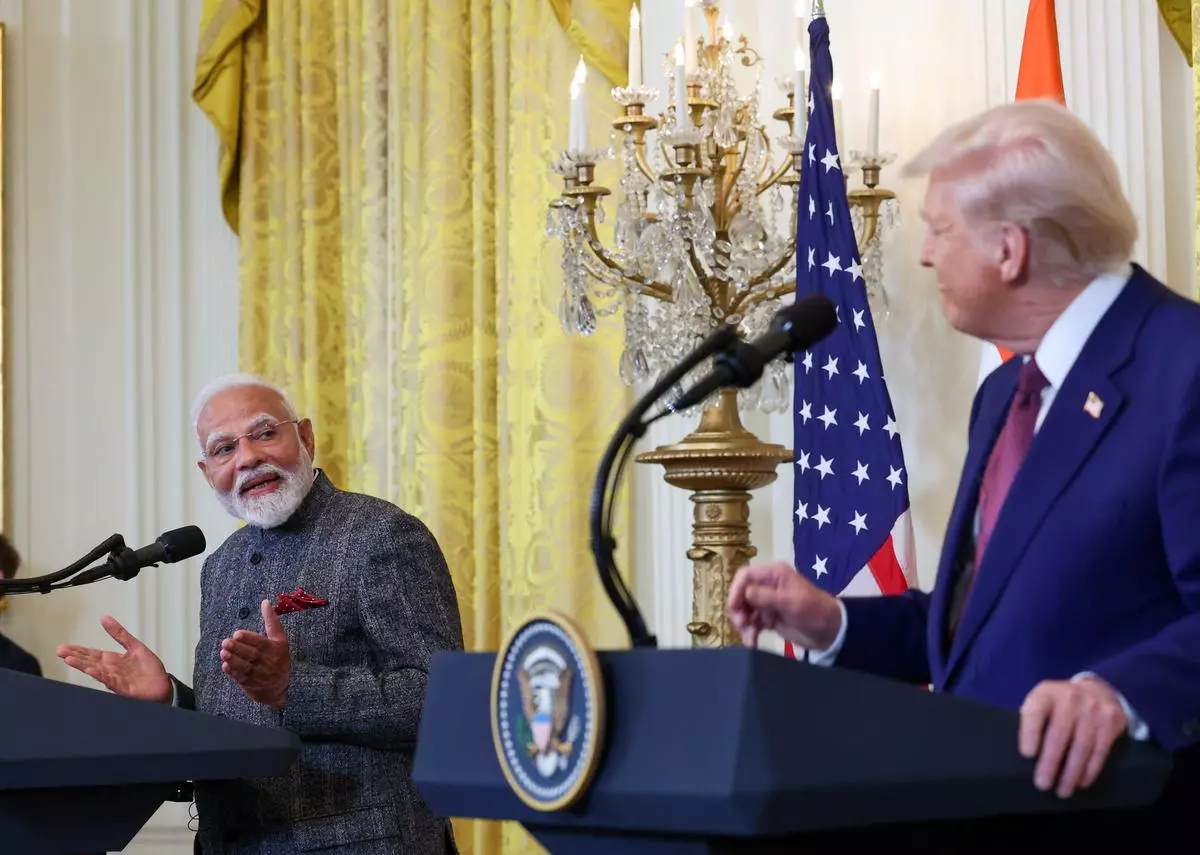
India’s Trade Concessions and Expanding Economic Ties
India’s Response to US Tariff Pressures
Faced with potential economy-buckling tariffs from the US, world leaders have made several concessions to Trump. Some notable actions taken by other countries include:
-
Mexico deploying National Guard troops to its southern border with the US.
-
Canada establishing a joint task force to combat fentanyl trafficking and organized crime.
In response, Modi arrived with his own offers to prevent any economic measures that Trump might take against India. These offers focused on expanding trade partnerships, boosting energy imports, and strengthening diplomatic cooperation.
Doubling Bilateral Trade to $500 Billion
One of the key agreements from the Modi-Trump meeting was a commitment to double India-US bilateral trade to $500 billion by 2030. As of 2024:
-
The total trade between India and the US stood at $129.2 billion.
-
The US trade deficit with India was $45.7 billion.
-
India exported $87.4 billion worth of goods to the US.
Trump has consistently criticized such trade deficits, attributing them to foreign tariffs on US goods. He stressed that India had "unfair, very strong tariffs" that significantly limited US access to the Indian market.
US-India Energy Cooperation
To address trade imbalances, India has agreed to increase its purchase of US energy products, with Trump stating:
“The prime minister and I also reached an important agreement on energy that will restore the United States as a leading supplier of oil and gas to India. It will be, hopefully, their number one supplier.”
This move is seen as part of Trump’s broader strategy to maintain US leadership in global energy markets and reduce reliance on China’s Belt and Road Initiative (BRI).
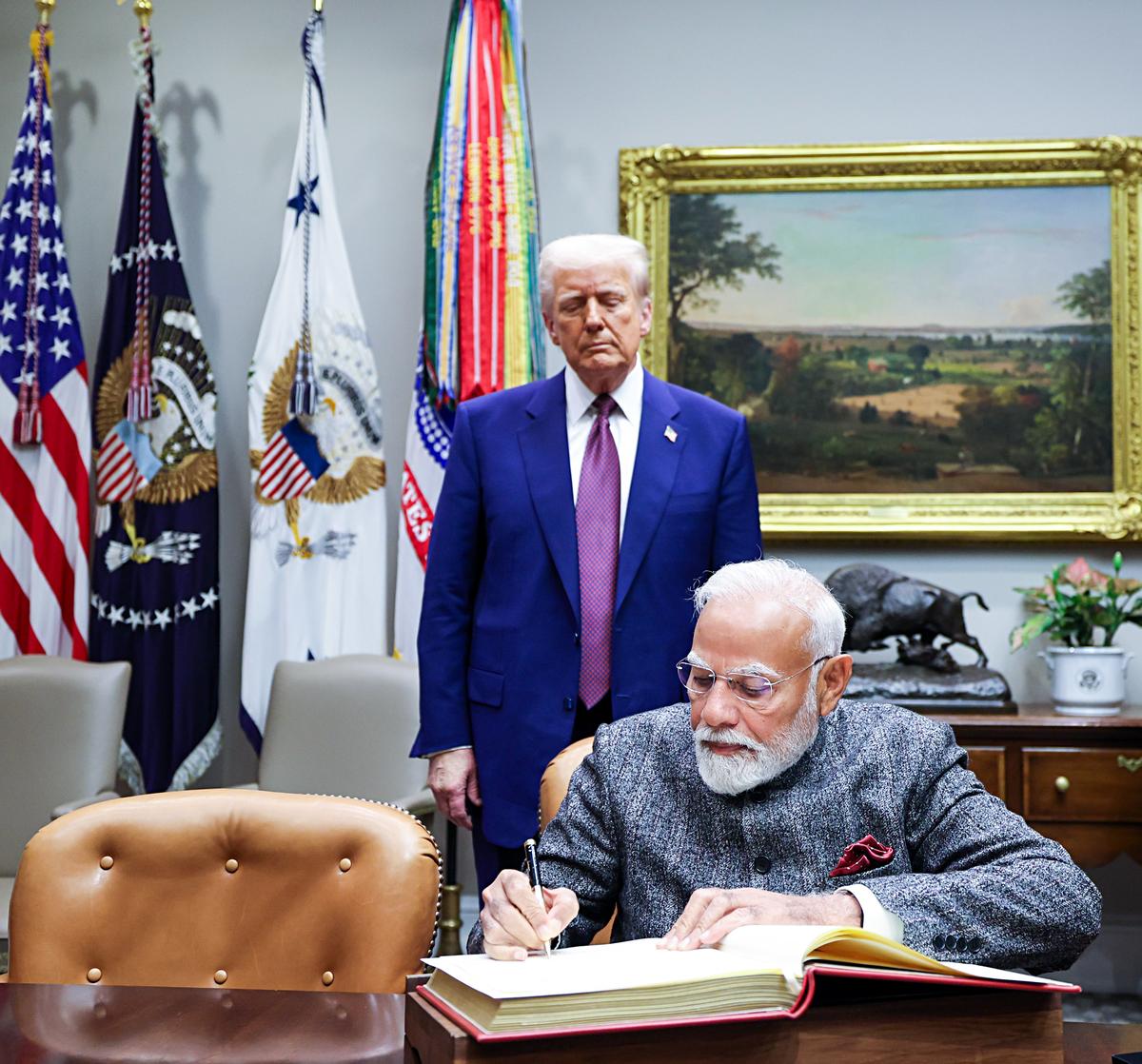
Security Cooperation and Counterterrorism Efforts
Extradition of Tahawwur Rana
A major point of discussion between Modi and Trump was the extradition of Tahawwur Rana, a Pakistani-Canadian businessman convicted in the US for aiding a terrorist plot in Denmark.
-
Rana is also accused of supporting the 2008 Mumbai attacks, which killed 175 people.
-
Despite legal appeals, the US Supreme Court refused to block his extradition to India, where he could face the death penalty.
-
Modi praised Trump for the decision, comparing the Mumbai attacks to “genocide” and pledging that Indian courts would take appropriate action.
Increased Military Sales and Counterterrorism Collaboration
In addition to extradition agreements, India and the US discussed expanding defense partnerships:
-
Trump confirmed that US military sales to India would increase by billions of dollars.
-
Both nations pledged to "work together like never before" to combat radical Islamic terrorism.
However, critics point out that Modi’s own administration has been accused of turning a blind eye to anti-Muslim violence and even spreading anti-Muslim hate speech.
India-Middle East-Europe Economic Corridor (IMEC) and Global Trade Strategies
US-backed Infrastructure Plan to Rival China’s BRI
Trump also introduced a massive international infrastructure project to rival China’s Belt and Road Initiative (BRI). He proposed:
“We agreed to work together to help build one of the greatest trade routes in all of history. It will run from India to Israel to Italy and onward to the United States, connecting our partners by ports, railways, and undersea cables – many, many undersea cables.”
This initiative aligns with the India-Middle East-Europe Economic Corridor (IMEC), which was announced in September 2023. The corridor would pass through:
-
United Arab Emirates (UAE)
-
Saudi Arabia
-
Israel
-
Greece
However, the ongoing war in Gaza has cast uncertainty over the project’s future. Despite these challenges, Trump emphasized that such initiatives would allow the US to maintain economic dominance over China.
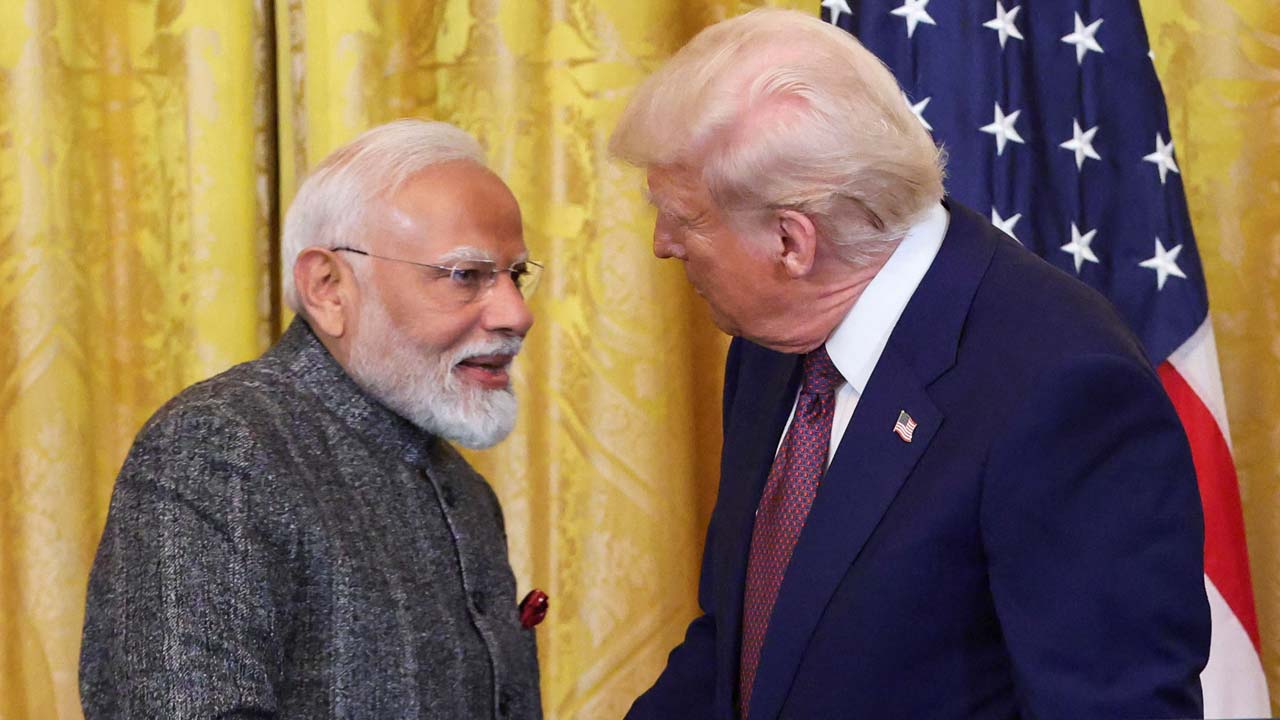
Trump’s Diplomatic Moves on the Russia-Ukraine War
Trump’s Calls with Putin and Zelenskyy
While the Modi-Trump meeting focused primarily on India-US relations, Trump was frequently questioned about his recent discussions with Russian President Vladimir Putin over the Russia-Ukraine war.
-
Trump had a "lengthy and highly productive" phone call with Putin, followed by a separate call with Ukrainian President Volodymyr Zelenskyy.
-
He hinted at potential peace negotiations but refused to share specific details.
Trump’s Remarks on NATO and the Origins of the Ukraine War
During the press conference, Trump repeated Russia’s long-standing argument that Ukraine’s NATO aspirations were a major factor in the war:
“Russia has gotten themselves into something that I think they wish they didn’t. If I were president, it would not have happened. Now, Russia’s taken over a pretty big chunk of territory. And they also have said from day one, long before President Putin, they’ve said they cannot have Ukraine be in NATO.”
His remarks align with Russia’s claim that the US had assured the former Soviet Union in 1990 that NATO would "not expand one inch eastward"—though no formal agreement on this was ever signed.
Skepticism from Ukraine and European Allies
While Trump and Putin discussed potential peace talks, Ukraine and its European allies expressed doubts about these negotiations.
-
Zelenskyy urged world leaders not to trust Putin’s assurances.
-
He emphasized that Ukraine would not accept a peace deal that ignored its sovereignty.
-
Trump dodged questions about whether Russia would make any concessions.
His stance may appeal to India, which has historically maintained strong ties with Moscow and has faced pressure from the Biden administration to reduce oil imports from Russia.
The Future of US-India Relations
The Modi-Trump meeting underscored the growing strategic importance of the India-US relationship. Key takeaways include:
-
Trade Agreements: India and the US aim to double trade to $500 billion by 2030.
-
Energy Cooperation: India will increase oil and gas imports from the US to reduce the trade deficit.
-
Security Collaboration: The US will extradite Tahawwur Rana, increase military sales, and work with India to counter terrorism.
-
Global Trade Strategy: The India-Middle East-Europe Economic Corridor aims to rival China’s BRI but faces challenges.
-
Geopolitical Impact: Trump’s stance on Ukraine may strengthen US-India ties, given India’s historic relationship with Russia.
As both nations navigate shifting global trade dynamics, security concerns, and diplomatic challenges, their evolving partnership will continue to shape the future of international relations.
With inputs from agencies
Image Source: Multiple agencies
© Copyright 2024. All Rights Reserved Powered by Vygr Media.

